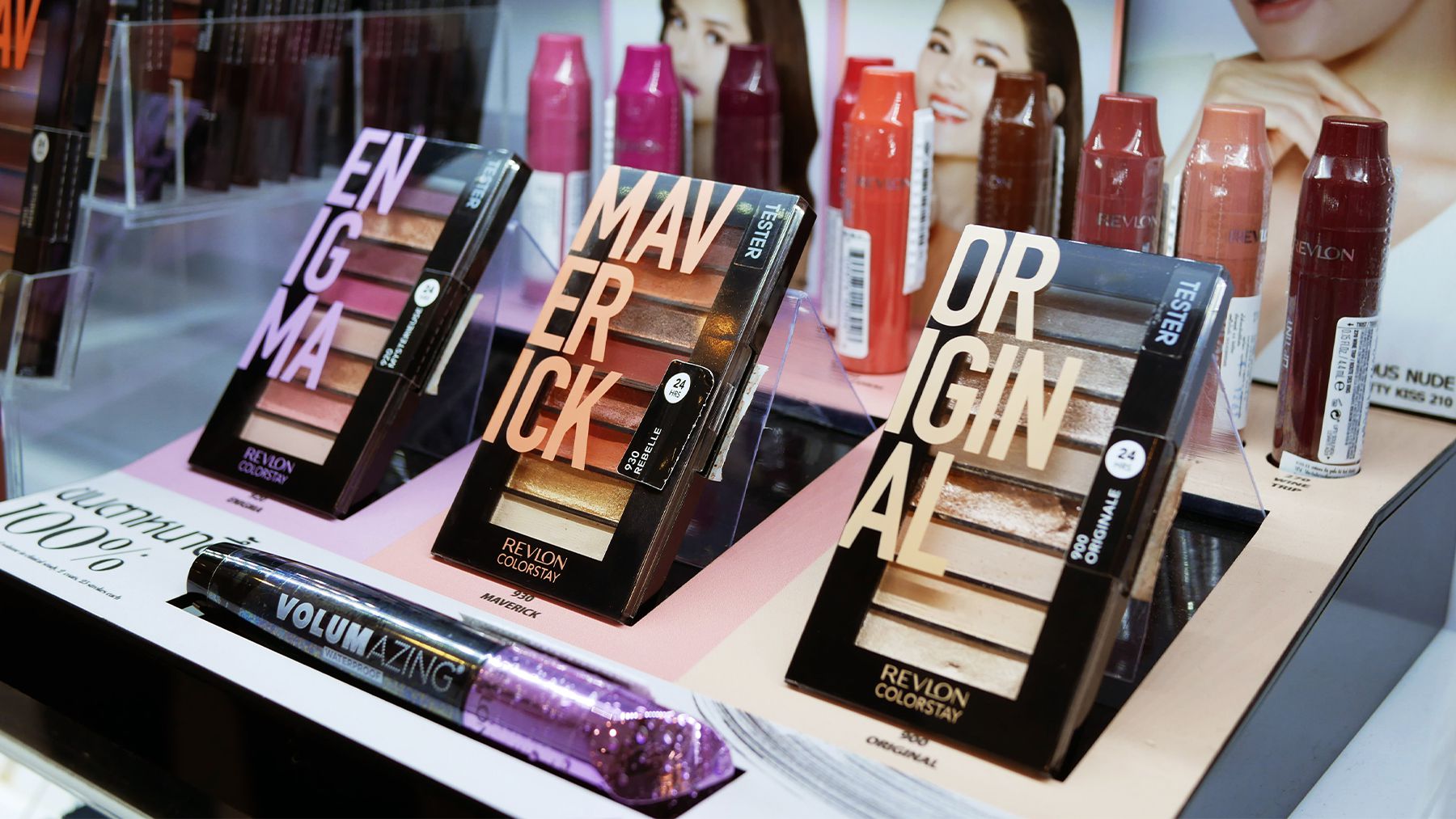
Traders piled into shares of Revlon Inc., driving its gains from a record low to 800 percent as individual investors looked to strike a quick profit, while ignoring the fundamentals of the troubled cosmetics giant.
The stock surged as much as 63 percent on Wednesday, bringing gains from an all-time low to 800 percent as trading volume continued to soar past recent trends. More than 101 million Revlon shares have traded on average each day since bottoming — about 570 times the average daily volume in the past year prior to its boom.
Retail traders have been helping to drive gains, piling in nearly $18 million over the past week, data from Vanda Research show. The manoeuvre is reminiscent of other bets in low-priced, debt-laden companies, such as Hertz Global Holdings Inc., with investors rapidly trading Revlon shares after the company filed for court protection on June 15.
Common stockholders have some of the weakest claims on a company’s assets in bankruptcy court, standing in line behind lenders, bondholders and other creditors who typically must be fully repaid before shareholders get anything. The proceedings often leave the shares worthless.
But Hertz captivated retail investors and Wall Street alike two years ago when traders fuelled a ten-fold rally after the car renter filed for Chapter 11 bankruptcy. The huge rally enabled the beleaguered company to raise fresh cash, and Redditors were validated after a winning bid to take Hertz out of bankruptcy delivered about $8 a share for equity owners.
Revlon’s following among retail traders armed with commission-free apps has picked up steam in recent days, with the ticker trending on popular chatroom Stocktwits and ranking among among the most-mentioned companies on Reddit’s WallStreetBets forum alongside GameStop Corp. Revlon was the most-bought asset on Fidelity’s platform in the first half hour with buys outpacing sell orders.
Call options for Revlon to trade above $10 — a level it hasn’t closed above since February — saw a spike in interest and were the most-traded derivative tied to the company over the first 40 minutes of the session. The stock rose as high as $9.89, the highest since early March.
By Bailey Lipschultz
Learn more:
It was a slow decline for the 90-year-old company, which found itself crippled by massive debt, a pandemic, supply chain issues and growing competition from start-up brands changing beauty ideals and culture.



